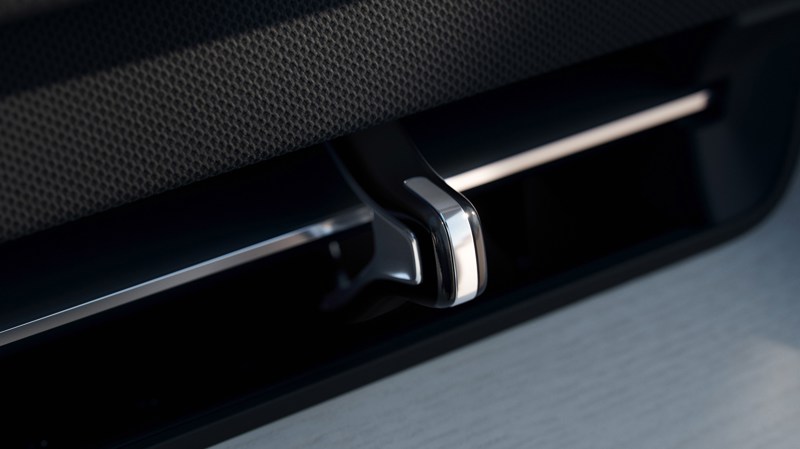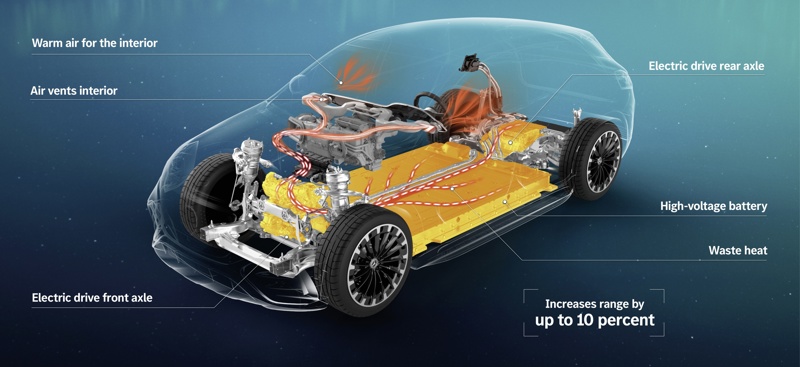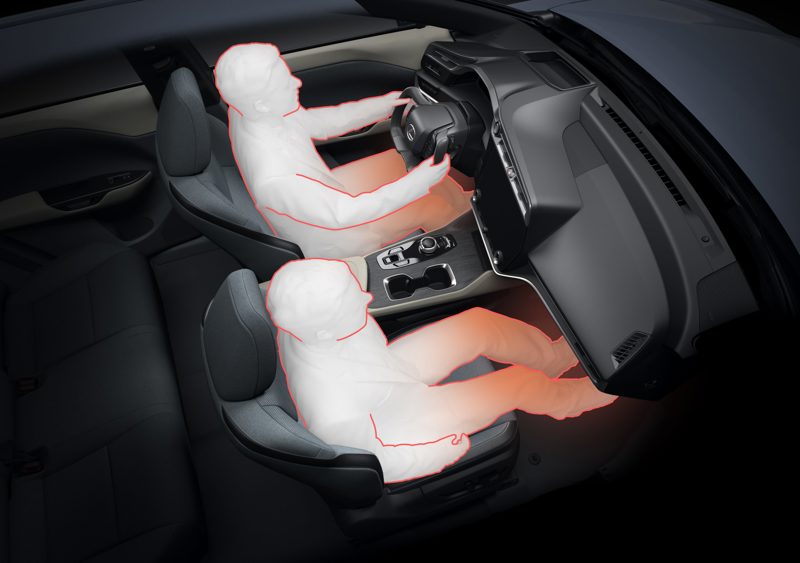Climate System
Climate systems in cars refer to the HVAC (Heating, Ventilation, and Air Conditioning) systems that regulate temperature, humidity, and air quality inside the vehicle cabin for passenger comfort.
Climate systems in cars, commonly known as HVAC (Heating, Ventilation, and Air Conditioning) systems, are designed to provide a comfortable cabin environment by regulating temperature, humidity, and air quality.
Number of Zones
Modern car climate systems often feature multiple zones, allowing for individual temperature and airflow control in different sections of the vehicle. Common configurations include:
- 1-zone: Single temperature setting for the entire cabin.
- 2-zone: Separate settings for the driver and front passenger.
- 3-zone: Additional control for rear passengers.
- 4-zone: Individual settings for both front and rear passengers.
Skoda 3-zone climate system
Vents
HVAC vents are crucial for distributing conditioned air throughout the cabin. Key types include:
- Dash Vents: Direct airflow towards the driver and front passenger.
- Floor Vents: Located at the base of the dashboard, directing air towards passengers' feet.
- Rear-Seat Vents: Provide airflow to rear passengers, usually located on the rear of the center console.
- Defrost Vents: Positioned near the windshield to defrost or defog it.
Most vents have adjustable louvers for directing airflow and can operate in various modes, such as heating, cooling, or fan-only.
Volvo EX90 Air Vent
Control
HVAC control systems allow drivers and passengers to adjust temperature, airflow, and other settings. Key features include:
- Control Panel: Located on the dashboard or center console, featuring knobs, buttons, or touchscreens.
- Temperature Control: Adjusts the desired cabin temperature, often with dual-zone or multi-zone capabilities.
- Fan Speed Control: Regulates the blower motor speed to control airflow intensity.
- Air Distribution Control: Directs conditioned air to specific vents (dash, floor, rear-seat, defrost).
- Mode Selection: Chooses between heating, cooling, fan-only, or automatic modes.
- Additional Controls: Options for recirculation mode, defrost mode, and rear-window defogger.
Automatic climate control systems use sensors and algorithms to maintain the desired temperature without manual adjustments.
Heat Pump
Some electric vehicles (EVs) use heat pump systems for efficient heating and cooling. Heat pumps transfer heat rather than generating it, making them more energy-efficient. They can draw heat from components like the motor, inverter, and battery to warm the cabin, reducing the load on the battery and extending the vehicle's range.
Mercedes EQE SUV heat pump reuses heat from battery and motors into the cabin
Infrared Heating
Manufacturers like BMW and Lexus have introduced infrared heating to reduce HVAC energy consumption. For example, the Lexus RZ450 uses infrared panels to warm the driver and front passenger's legs, reducing the load on the air conditioning system and preserving driving range.
Lexus RZ450 Radiant heating
Surface Heating
Surface heating elements can be integrated into various parts of the cabin, such as seats and steering wheels, to provide localized warmth without heavily relying on the HVAC system.
Seat Belt Heating
Automotive supplier ZF has developed heated seat belts to reduce energy consumption while maintaining passenger comfort.
Power Consumption and Effect on EV Range
The power consumption of a car's climate system can significantly impact an EV's driving range. Advanced climate systems with features like multi-zone control and seat heating/cooling consume more power. The most powerful HVAC systems can draw up to 10 kW, but typical consumption ranges from 1-5 kW once the cabin reaches a comfortable temperature.
Example Scenarios
| Scenario | Base Consumption | Heating | Range Change |
|---|---|---|---|
| Tesla Model 3 LR WLTP cycle | 12.5 kWh/100 km | 2 kW | -25.6% |
| Mercedes EQS SUV 580 | 17.8 kWh/100 km | 2 kW | -19.5% |




